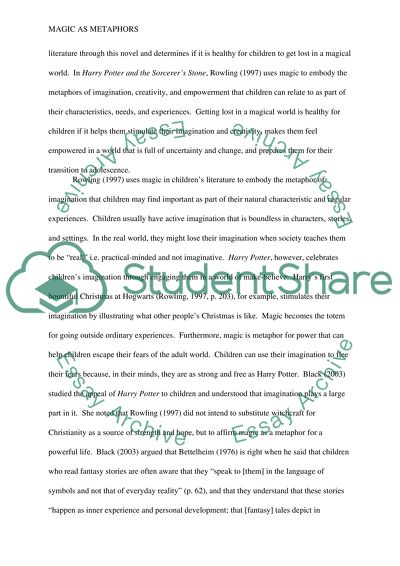Cite this document
(“Magic as Metaphors for the Imagination and Creativity of Children in Research Paper”, n.d.)
Magic as Metaphors for the Imagination and Creativity of Children in Research Paper. Retrieved from https://studentshare.org/literature/1661172-essay-3-research-paper
Magic as Metaphors for the Imagination and Creativity of Children in Research Paper. Retrieved from https://studentshare.org/literature/1661172-essay-3-research-paper
(Magic As Metaphors for the Imagination and Creativity of Children in Research Paper)
Magic As Metaphors for the Imagination and Creativity of Children in Research Paper. https://studentshare.org/literature/1661172-essay-3-research-paper.
Magic As Metaphors for the Imagination and Creativity of Children in Research Paper. https://studentshare.org/literature/1661172-essay-3-research-paper.
“Magic As Metaphors for the Imagination and Creativity of Children in Research Paper”, n.d. https://studentshare.org/literature/1661172-essay-3-research-paper.


